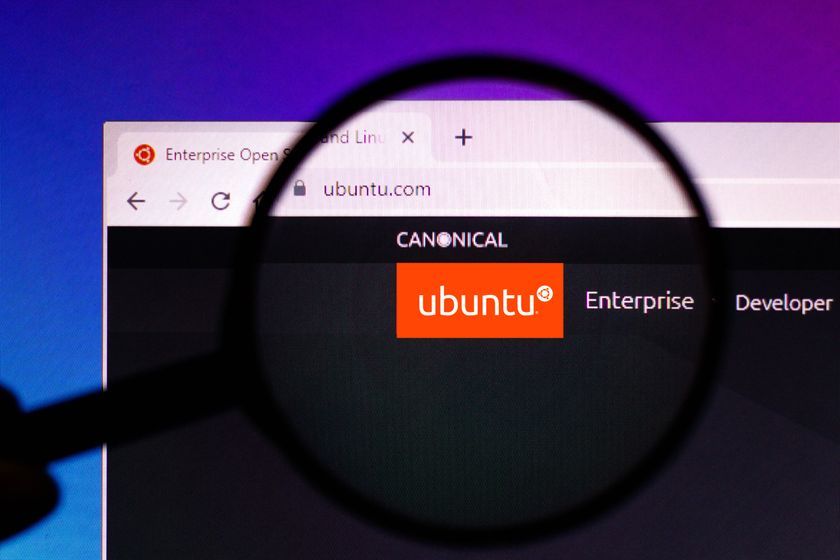Top 10 security threats of 2010
We list our top 10 threats of 2010 and their impact on the security industry as a whole.
4. Unprotected Wi-Fi exploits
Despite data security concerns growing in prominence amongst non-IT people, the fact is many clearly still used unprotected Wi-Fi networks throughout 2010.
This was brought to light by one hacker, who created the Firesheep tool. This sniffed out login credentials for social networking sites from users on unprotected Wi-Fi hotspots. Worryingly, the tool was downloaded over 100,000 times in the first 24 hours following its launch and even spawned a copycat add-on in the form of something charmingly called 'idiocy.'
There was also the little matter of Google taking data over unprotected Wi-Fi networks during its Street View project, but that was accidental according to the search firm. Nevertheless, the point is, everyone should stick to using secured networks and nothing else.
3. Zeus
Zeus, in its various guises, remained a major threat in 2010. Banks were the target and in August it emerged an unnamed UK financial institution had been hit, with 3,000 customer accounts compromised and 675,000 stolen between 5 July and 6 August.
Startlingly, earlier in the year, an RSA study indicated almost nine in 10 Fortune 500 companies in the US had
potentially been affected by the Zeus Trojan.
In better news for the good guys, the Police Central e-Crime Unit officers arrested 19 people suspected of being involved in a multi-million pound bank account theft that used Zeus.
2. DDoS
Distributed Denial of Service (DDoS) attacks have been around for years. Everyone knows the deal in layman's terms - you make so many requests for a website that it fails to function.
What led us to include DDoS strikes in the top 10 list was its use in the WikiLeaks saga. As a result of the myriad attacks on both WikiLeaks itself and against organisations refusing to support Julian Assange and Co, the wider public became aware of what DDoS actually was.
Rarely does a threat become common knowledge outside of the tech industry and for this reason alone, this old threat was a big deal in 2010.
1. Stuxnet
Stuxnet was actually let loose in 2009, but it wasn't detected until 2010. When it was finally found, it caused some serious ripples in the security industry.
The fact it took advantage of four different exploits - something unprecedented according to most experts in the field - was just half the story.
Once people had dug under the surface, it became clear Stuxnet was almost certainly the work of a nation state. After researchers discovered it was going after controls at industrial plants and a number of officials in Iran hinted their nuclear operations had been hit, it was clear this was a game changer.
Whilst it was not the most prevalent threat of 2010, what it did was change the security landscape forever, perhaps more than any other piece of malicious kit that has come before.
Get the ITPro. daily newsletter
Sign up today and you will receive a free copy of our Focus Report 2025 - the leading guidance on AI, cybersecurity and other IT challenges as per 700+ senior executives
Tom Brewster is currently an associate editor at Forbes and an award-winning journalist who covers cyber security, surveillance, and privacy. Starting his career at ITPro as a staff writer and working up to a senior staff writer role, Tom has been covering the tech industry for more than ten years and is considered one of the leading journalists in his specialism.
He is a proud alum of the University of Sheffield where he secured an undergraduate degree in English Literature before undertaking a certification from General Assembly in web development.







